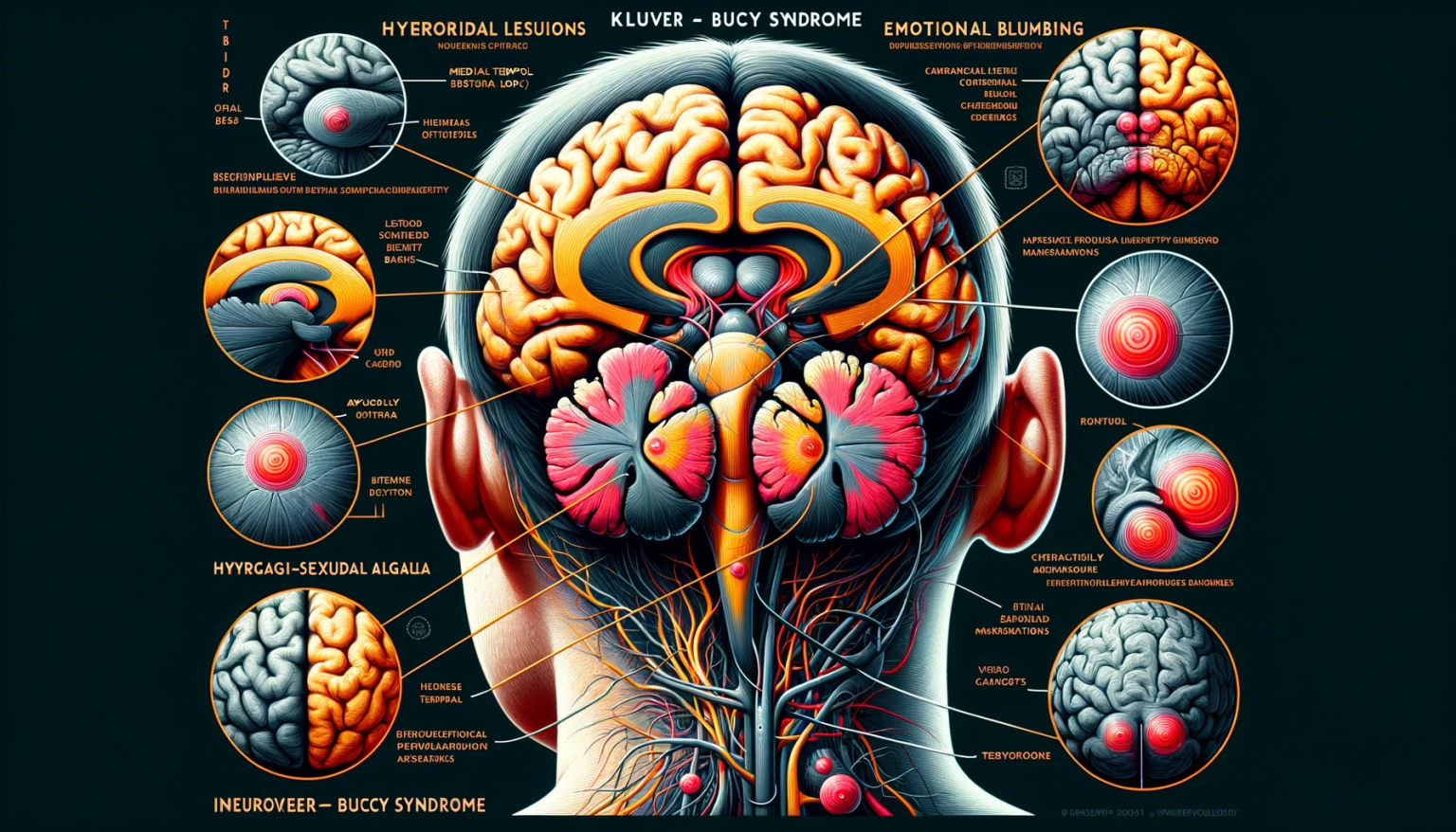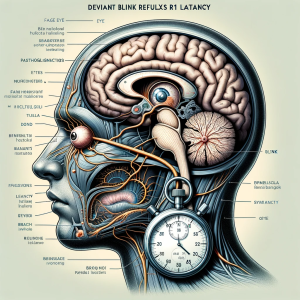Abstract
Hereditary Spastic Paraplegia (HSP) represents a heterogeneous group of inherited disorders characterized by progressive lower extremity spasticity and weakness. This comprehensive review dissects the genetic etiology, pathophysiological mechanisms, clinical features, diagnostic criteria, and treatment strategies for HSP, with an emphasis on the implications for patient management and therapeutic development.
Introduction
Hereditary Spastic Paraplegia, encompassing a diverse spectrum of genetic disorders, is unified by the hallmark feature of length-dependent axonal degeneration predominantly affecting the corticospinal tracts. With over 80 genotypic subtypes, HSP presents a significant challenge in neurogenetics, demanding precision in diagnosis and personalization in management. The condition is broadly classified into pure and complex forms, based on the presence of spasticity as the sole neurological sign or in conjunction with additional neurological abnormalities, respectively.
Genetic Basis
HSP is primarily inherited in an autosomal dominant fashion, although autosomal recessive and X-linked patterns are also observed. Mutations in a multitude of genes, such as SPAST, ATL1, and REEP1, contribute to its pathogenesis. These genes encode proteins involved in diverse cellular functions, including axonal transport, mitochondrial function, and lipid metabolism. Genetic heterogeneity not only challenges clinical categorization but also provides insights into the molecular complexity of axonal pathobiology.
Pathophysiology
The pathophysiological hallmark of HSP is the progressive degeneration of the upper motor neurons, specifically the long axons of the corticospinal tract which leads to distal axonopathy. This degeneration results in the impairment of fast axonal transport and neuronal communication, leading to the clinical manifestations of spastic gait and lower limb weakness. Histopathological examination reveals thinning of the spinal cord, particularly in the thoracic region, with loss of myelinated fibers.
Clinical Features
Clinically, HSP manifests with progressive lower limb spasticity, muscle weakness, hyperreflexia, and extensor plantar responses. In complex forms, additional features may include sensory disturbances, ataxia, cognitive impairment, and vision problems. The onset of symptoms can range from early childhood to late adulthood, and the rate of progression is highly variable, often correlating with the specific genetic mutation.
Diagnostic Approach
Diagnosis of HSP is predicated on a detailed clinical evaluation, family history, neuroimaging, and confirmed by genetic testing. Magnetic resonance imaging (MRI) of the spine may demonstrate atrophy of the corpus callosum and thinning of the spinal cord. Electrophysiological studies assess the extent of motor and sensory pathway involvement. Genetic sequencing identifies specific mutations, facilitating precise subclassification of the disease.
Therapeutic Interventions
Management of HSP is currently symptomatic, aimed at ameliorating spasticity and preserving mobility. Physical therapy, muscle relaxants such as baclofen, and antispastic agents like tizanidine are the mainstays of treatment. In cases of severe spasticity, intrathecal baclofen or botulinum toxin injections may be employed. Complex forms of HSP require a multidisciplinary approach to address the constellation of neurological symptoms. Research into targeted molecular therapies is ongoing, with hopes of modifying disease progression.
Conclusion
Hereditary Spastic Paraplegia represents a paradigm of neurological and genetic complexity, necessitating a comprehensive approach to diagnosis, classification, and management. The advent of advanced genetic diagnostics and a deeper understanding of neuroaxonal biology holds promise for the development of targeted treatments that address the underlying pathophysiological mechanisms.









